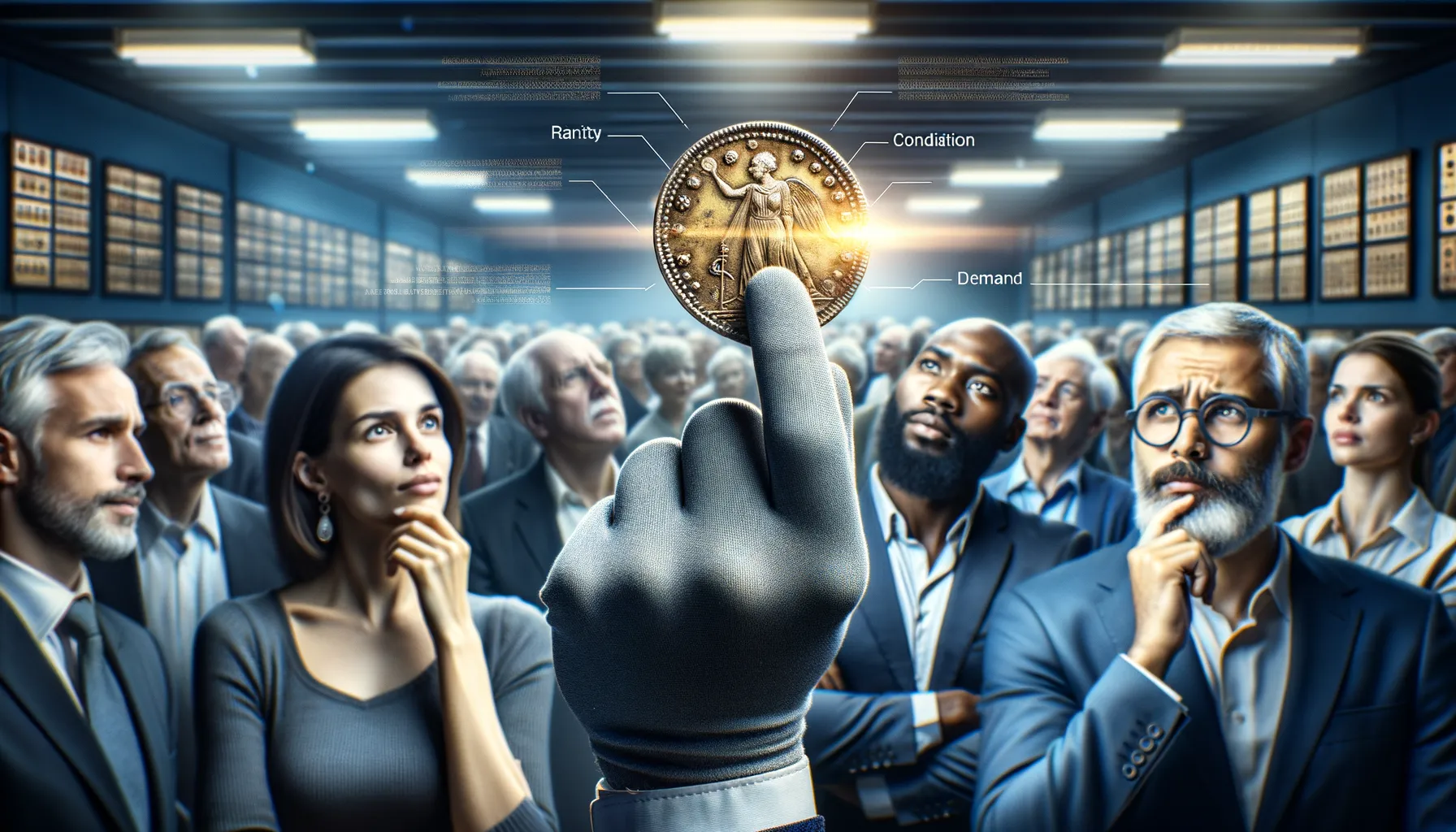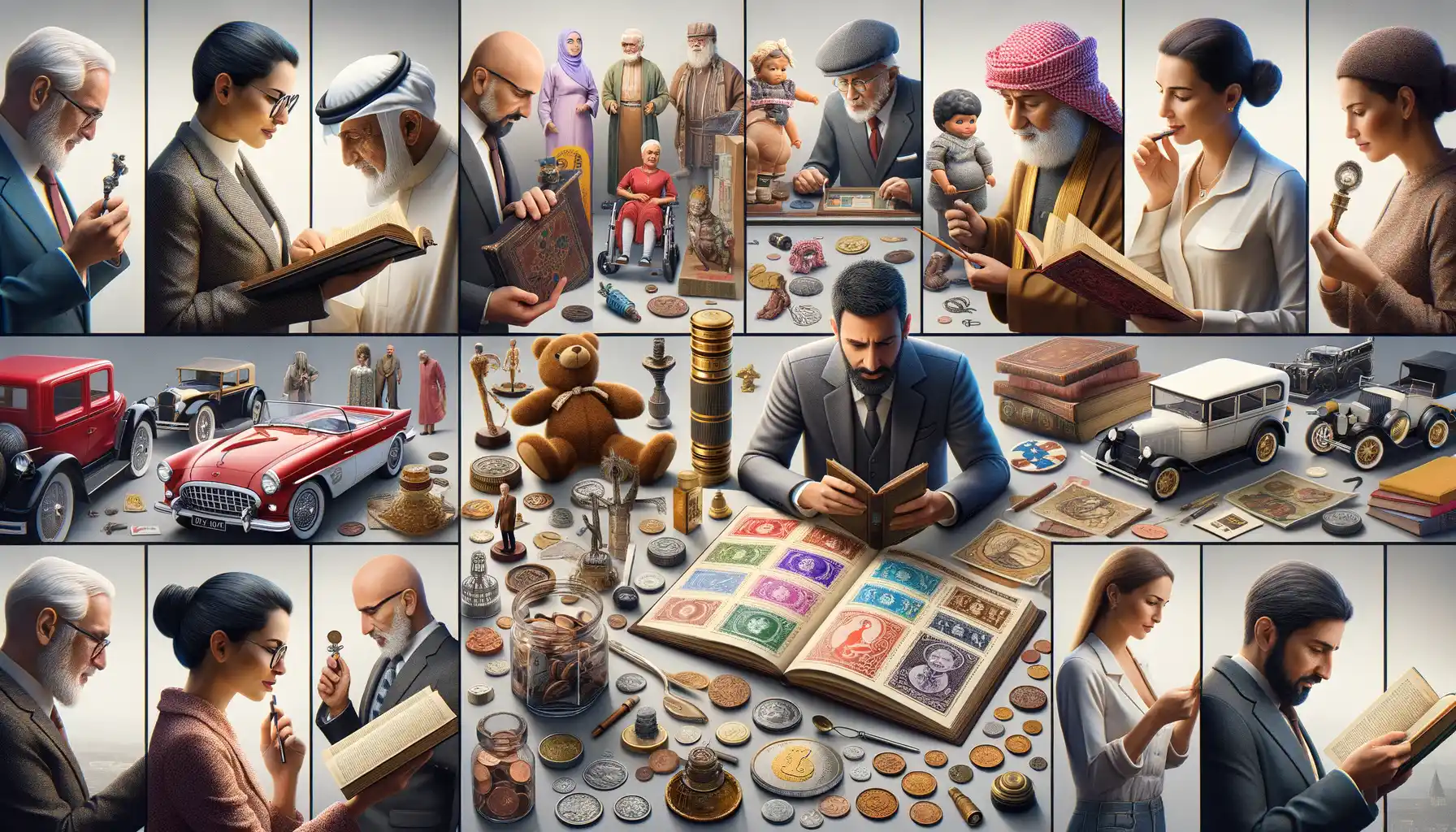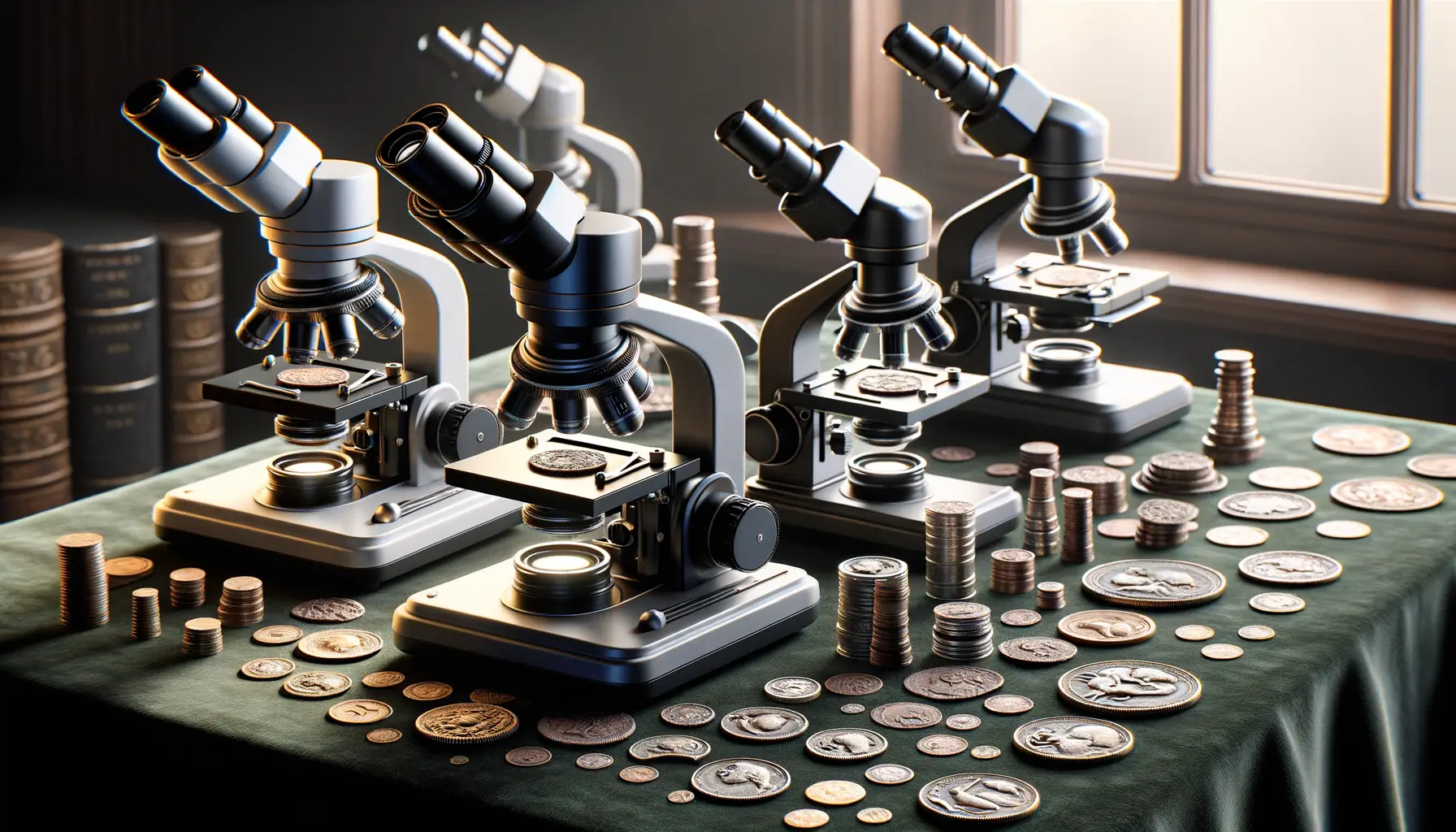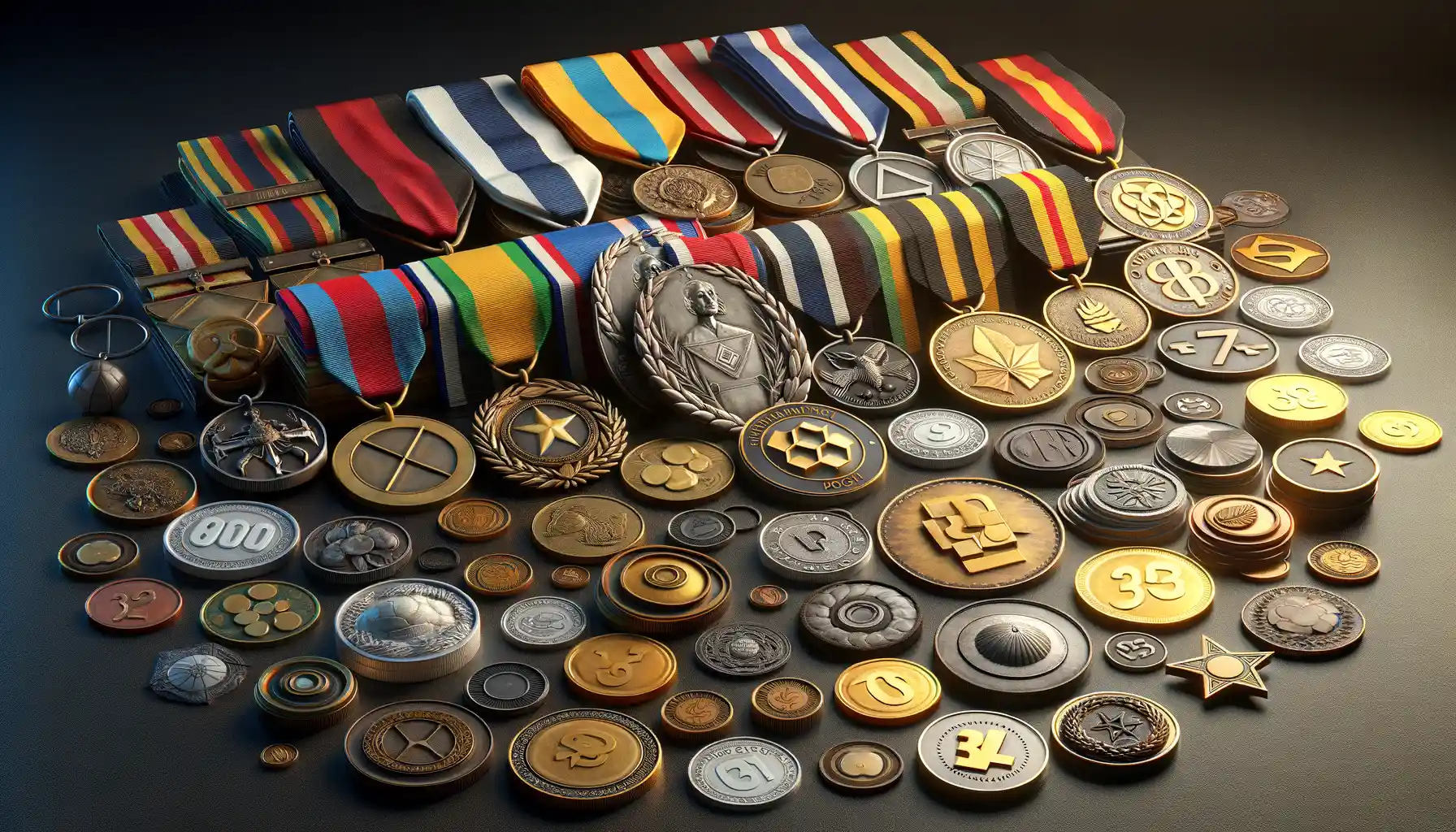The Origins of Money: From Barter to Coins and Paper Currency
The Humble Beginnings: Barter and the Birth of Trade
Picture this: You’re living thousands of years ago, with no coins jingling or paper bills in your pocket. How do you “pay” for goods? Through something as raw and relatable as swapping! Need a sack of grain? You might trade a goat. Bartering was the original currency – deeply personal, yet wildly inefficient. What happens when your neighbor doesn’t need your goat? Cue the awkward shrug and countless trade negotiations. Humanity needed something better.
Enter the concept of **precious items** as symbols of value. Seashells, beads, and even stones found their place as early “money.” Why? They were portable, rare, and agreed upon. This shift was humanity’s first step toward something revolutionary.
The Sparkling Leap to Coins and Paper
Fast forward to around 600 BCE. In ancient Lydia (modern-day Turkey), the world’s first coins emerged, crafted from a naturally occurring gold-silver alloy called **electrum**. Picture it: a gleaming little disk that you could hold in hand – tangible wealth compact enough to carry in a pouch. Coins simplified trade, unified economies, and came with intricate designs to showcase civic pride.
But paper money? That takes us to **Ancient China**, where the Tang dynasty pioneered its use. Imagine the awe of holding a slip of paper that carried as much value as a bag of coins. Not just practical but transformational – a lightweight miracle for long-distance traders moving silk, spices, and tea across vast terrains.
The Evolution of Banknotes Across Different Cultures and Eras
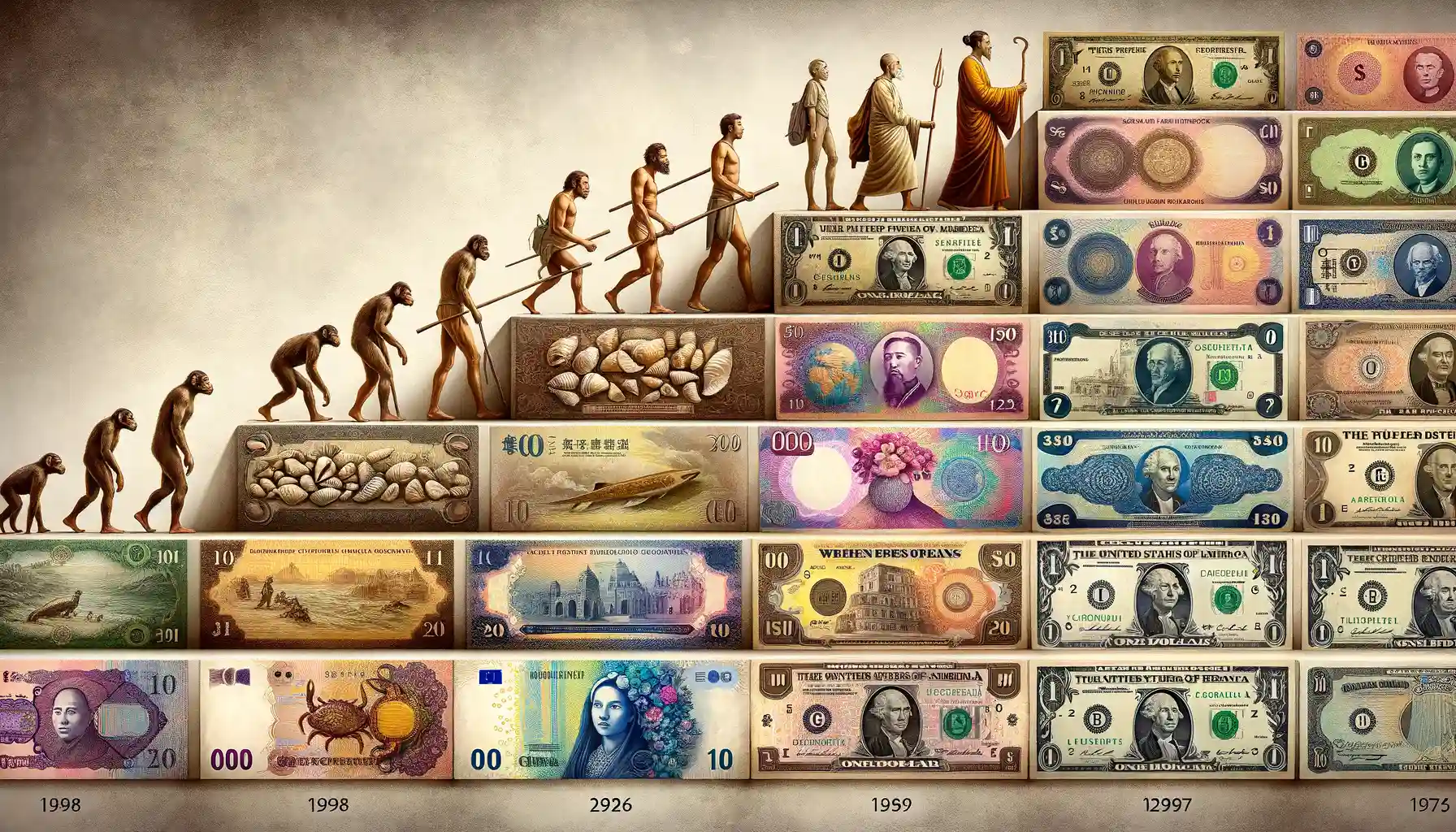
The Birth of Paper Money: East Asia’s Revolutionary Leap
It all started in ancient China—a land of emperors and innovation. Imagine bustling markets where merchants once lugged around heavy bags of coins, sweating under the weight of copper and silver. Then, like a spark of genius, the Tang Dynasty introduced the **first recorded paper money** in the 7th century. These early banknotes, known as **”jiaozi”**, were more than just convenient—they were revolutionary. They traded clunky coinage for lightweight paper, decorated with intricate designs that reflected authority and trust.
By the time of the Song Dynasty, things got fancy. These notes carried **imperial seals** and striking imagery, serving not just as currency but as symbols of cultural pride. From there, the idea went global. Europe took its sweet time to catch up, finally jumping on the paper-money train centuries later, led by Sweden’s “Stockholm Bank” in the 17th century. And let’s be honest, it was hardly an instant hit—people questioned paper over precious metals. Sound familiar?
Different Designs Telling Unique Stories
Every culture left fingerprints on their banknotes. Take a closer look, and you’ll see they’re more than monetary tools; they’re mini-history lessons wrapped in art.
- Japan’s yen: Scenes of serene Mount Fuji alongside influential historical figures like Fukuzawa Yukichi.
- France’s francs: Grand portraits of painters like Claude Monet, blending finance and creativity.
- Africa’s currencies: Rich, colorful patterns celebrating tribal diversity and wildlife—from lions to elephants.
Each design whispers stories of ambition, resilience, and identity. These subtle artistic choices do more than look pretty—they symbolize what nations value most, leaving a legacy inked into every fold of their banknotes.
The Relationship Between Coins and Banknotes Throughout History
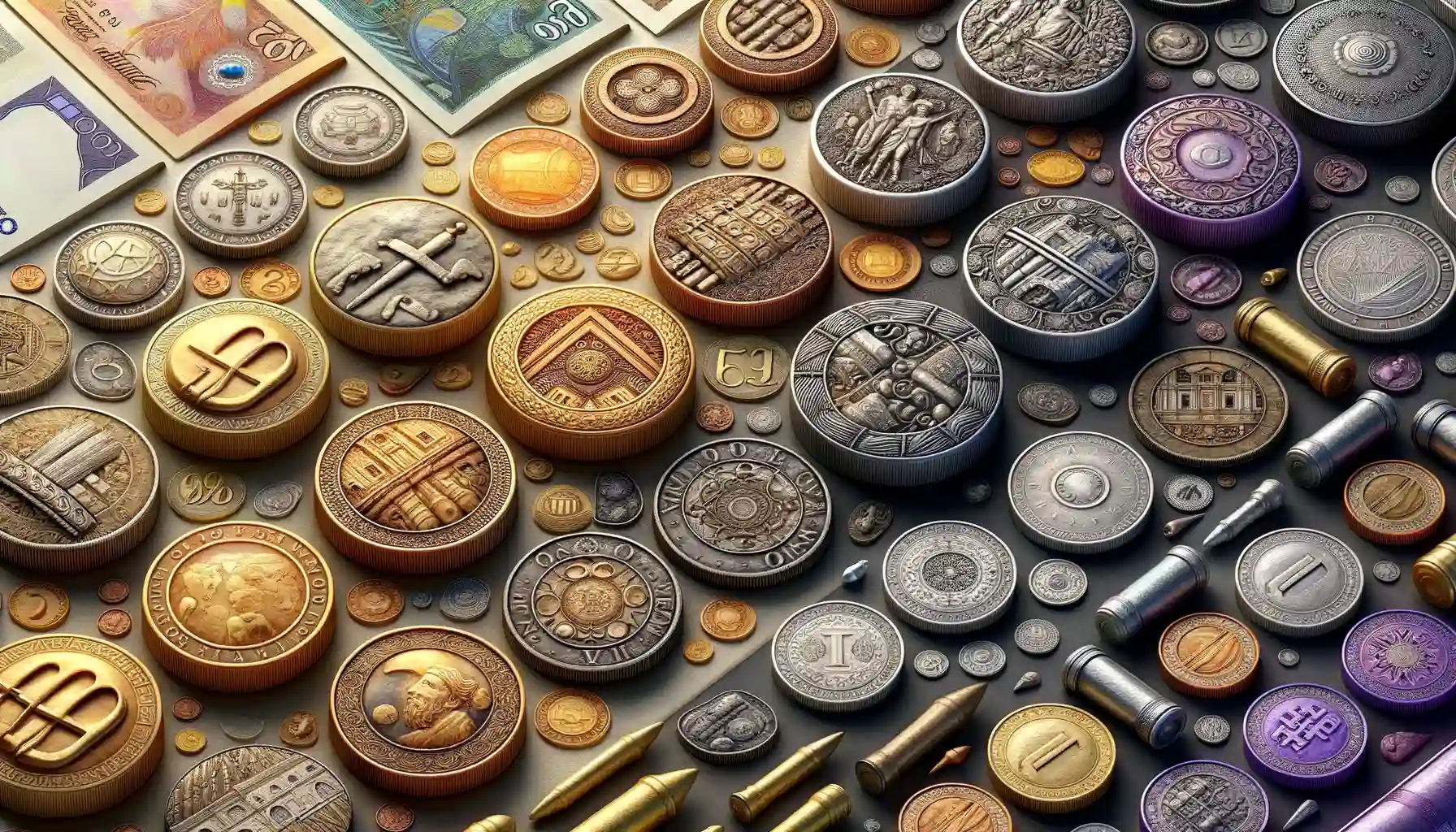
From Metal to Paper: A Tangled Dance
Coins and banknotes—two sides of the same coin, quite literally! Their intertwined journey through history is as dramatic as a love story. Think of coins as the ancient warriors of trade, forged from precious metals like gold and silver. Solid, tangible, and weighty, they dominated the first chapters of currency’s saga. But then came the elegant paper banknotes, light as whispers, revolutionizing commerce by introducing trust and portability.
For centuries, these two forms of money have coexisted, each playing unique roles. Coins were often reserved for smaller transactions, jingling in pockets and purses, while banknotes handled larger purchases, folded neatly into wallets. Together, they built economies, their relationship evolving with society’s needs.
How Coins Anchored Trust in Early Banknotes
When banknotes first entered the scene, people weren’t immediately charmed. Why trust a piece of paper over gleaming metal? The secret was in backing. Early banknotes often promised redemption in coins, reassuring users they weren’t just holding scraps of paper.
- China’s Song Dynasty: One of the earliest paper currencies was backed by coins stored securely in the government treasury.
- 17th-century Europe: Banks issued notes redeemable for gold or silver coins, bridging the tactile trust gap.
The interplay between coins and paper was—and still is—a delicate balancing act, each relying on the other to create a system people could believe in.
Notable Historical Events Shaping the Use of Banknotes and Coins
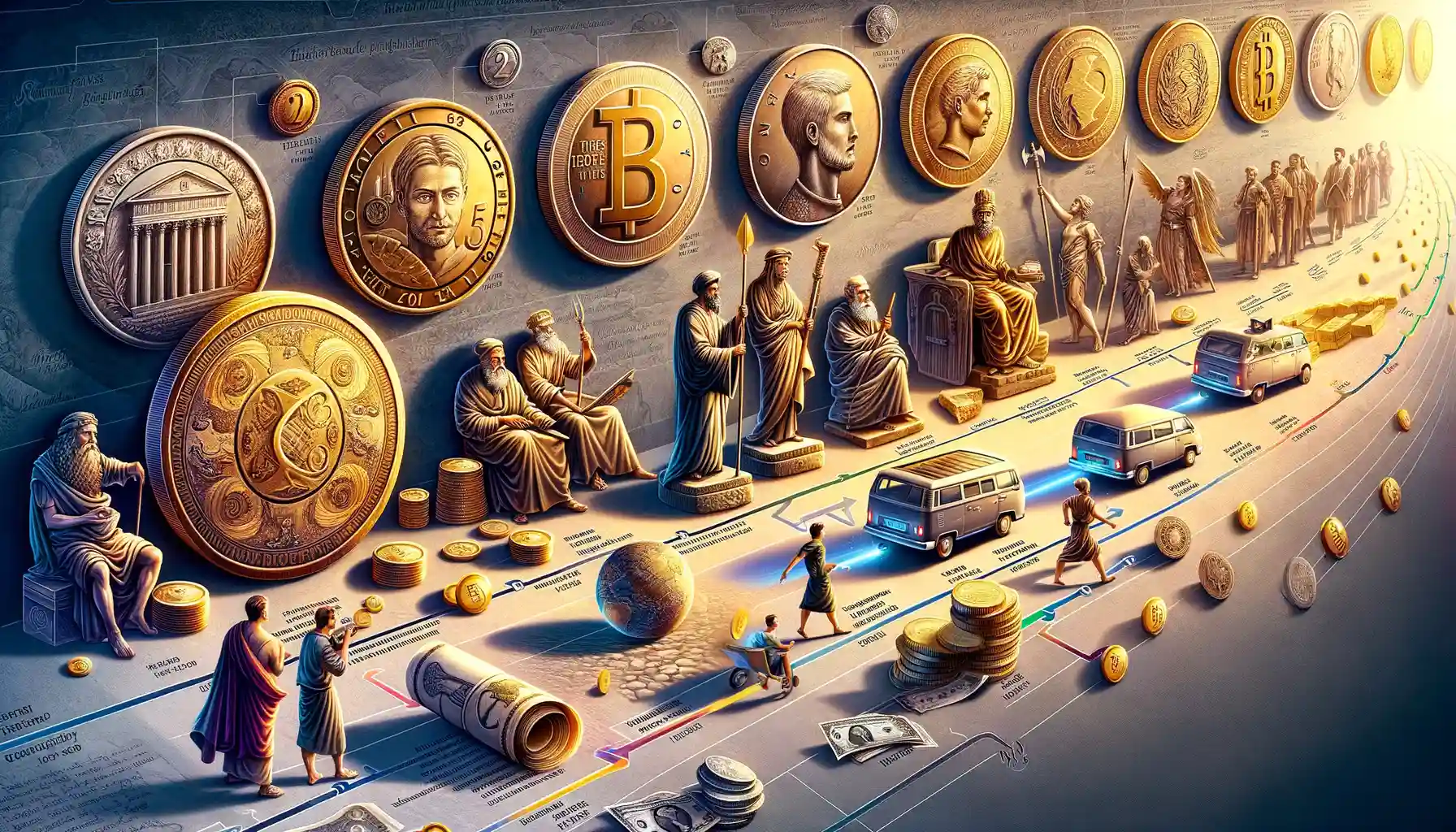
The Turning Points That Changed Money Forever
Imagine this: you’re standing in a bustling marketplace centuries ago, a jangling pouch of coins on your hip. Now fast forward—crisp paper banknotes replace that weight. But how did we get here? History is packed with pivotal moments that reshaped how we use and value currency.
Take the introduction of the first-ever banknotes by the Chinese Tang Dynasty in the 7th century. These weren’t mere slips of paper; they were a revolution, freeing merchants from lugging heavy coins across dangerous trade routes. Fast-forward to the 17th century, and you’ll see the rise of Europe’s first modern banknotes issued by the Stockholm Banco. Suddenly, the idea of a lightweight currency became irresistible.
Then there’s the Gold Standard Act of 1900 in the United States, tying paper money and coins to actual gold reserves. A leap of faith? Maybe. But it welded trust in currency to tangible value.
- The shift away from gold-backed currency during the Great Depression showed just how flexible (and fragile) money could be.
- More recently, the launch of the Euro in 1999 linked coins and banknotes across multiple nations—proof that currency can symbolize unity beyond borders.
History’s twists and turns remind us: the story of money isn’t just about transactions—it’s about reinvention.
Modern Implications and Future Trends in Currency Systems
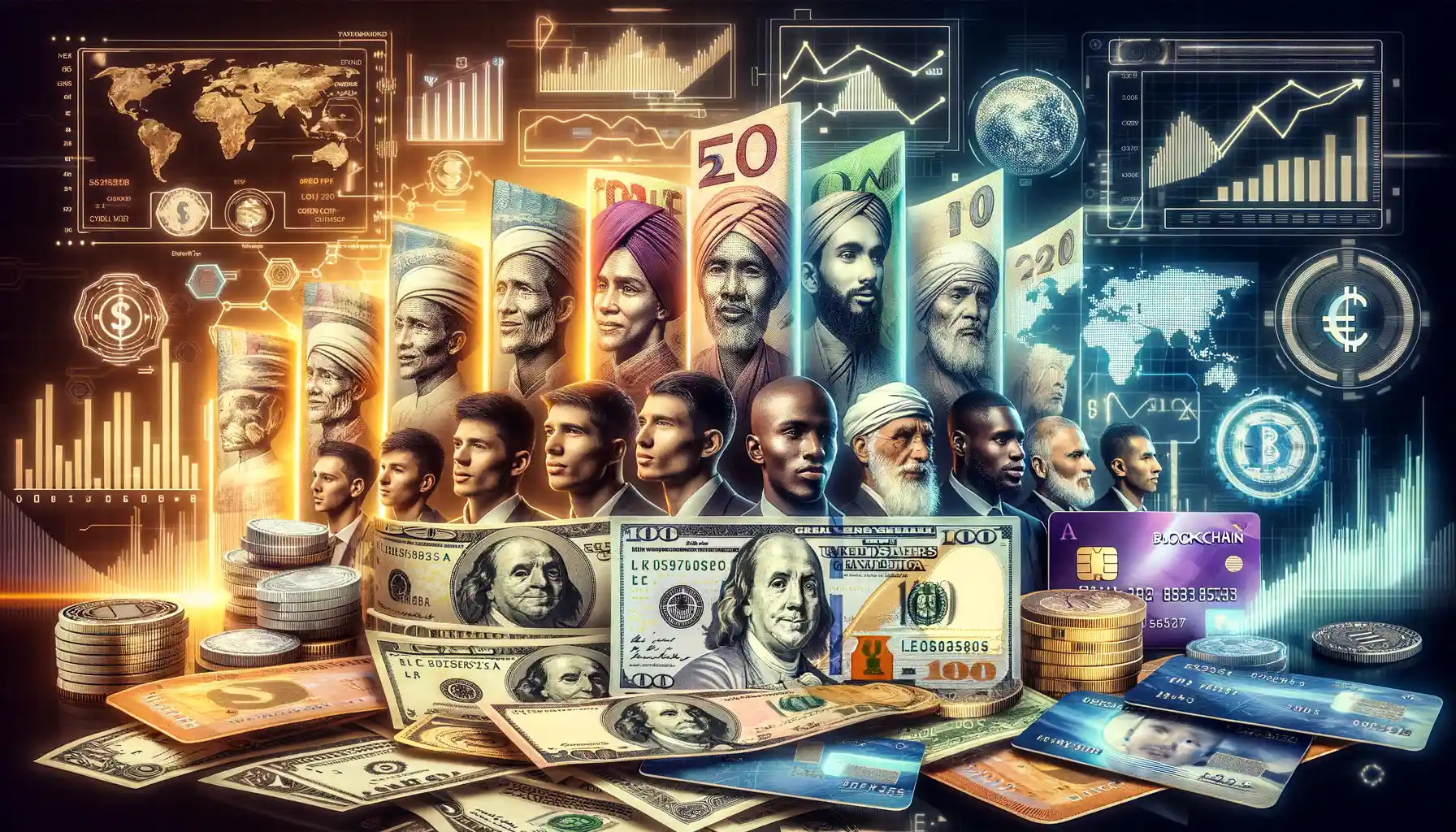
How Digital Waves Are Reshaping Currency
Imagine a world where your wallet isn’t in your pocket but on your smartphone, where a tap replaces a handshake to seal a deal. That’s the future knocking on our door as currency systems evolve at breakneck speed. The rise of cryptocurrencies like Bitcoin and Ethereum has not only captured imaginations but also sparked debates in living rooms, boardrooms, and government halls worldwide.
These decentralized marvels promise freedom from traditional banking systems, but they carry their own riddles: Can a coin with no physical form really replace centuries of tangible trust? Meanwhile, central bank digital currencies (CBDCs) have made central banks rethink their game, blending the convenience of crypto with the safety net of state backing.
Looking beyond today, here are just a few trends making waves:
- Biometric payment systems: Paying with a scan of your fingerprint or a glance? It’s close to becoming reality.
- Sustainability-focused currencies: Future coins might reward environmentally friendly behavior.
Innovation is rewriting the rules—and fast. Blink, and you might miss the next revolution.
Will Coins and Notes Survive the Tech Tsunami?
Despite all the digital dazzle, there’s something profoundly human about holding a coin or banknote, isn’t there? The subtle rustle of paper money, the cool weight of a coin—these are rituals tied to memory and meaning. Yet, in a world where Apple Pay and Venmo reign supreme, the humble cash transaction feels increasingly like a quaint relic, like writing letters in an age of emojis.
Still, not everyone is ready to part ways with cash. Many rural communities and economically marginalized groups see paper currency as both a necessity and an equalizer. It doesn’t require internet access, electricity, or even a bank account. As governments explore phasing out small denominations or going fully digital, will they risk leaving certain populations behind?
The tension between heritage and progress gives today’s currency landscape its pulse. And while coins and notes may lose some ground, their story, much like an old banknote tucked into a drawer, won’t be forgotten so easily. After all, we can’t digitize nostalgia.

